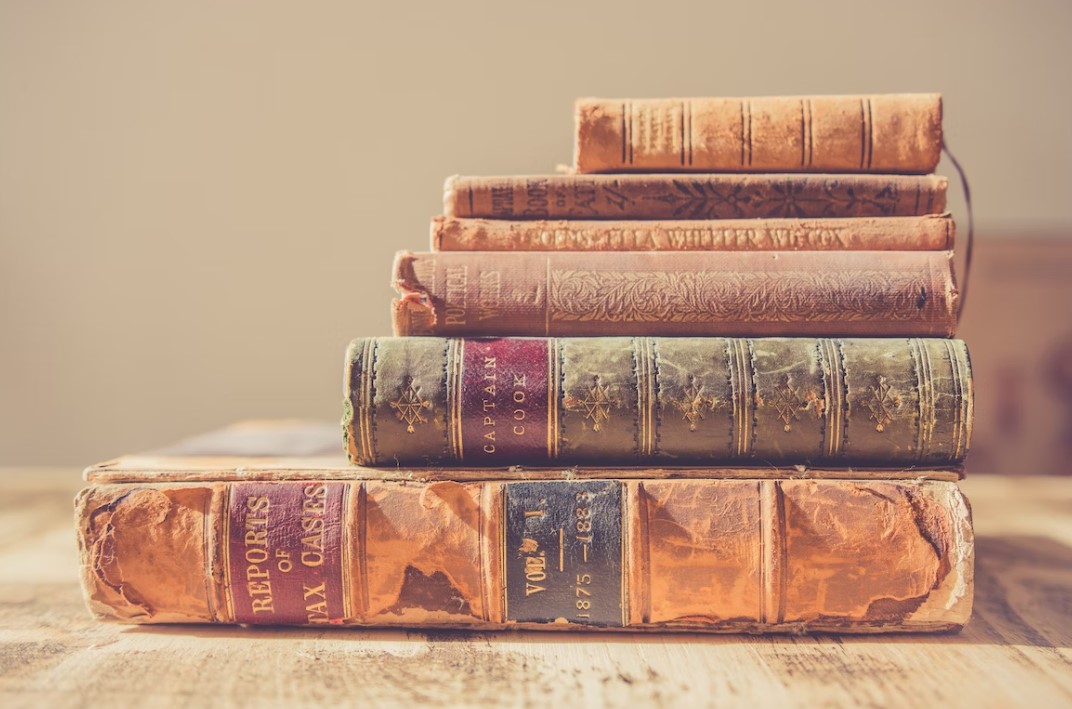Imagery refers to the use of vivid and descriptive language that appeals to the reader’s senses, creating mental images and enhancing the overall experience of a literary work. Here are five types of imagery commonly found in literature, along with examples.
Thanks for reading! For other English Language and Literature courses, check out our website!
Visual Imagery: This type of imagery appeals to the sense of sight and creates vivid visual representations.
Example: “The sun rose over the horizon, casting a warm golden glow upon the meadow. The flowers bloomed in a riot of colors, painting the landscape with their vibrant hues.”
Auditory Imagery: This type of imagery relates to the sense of hearing and uses language to evoke specific sounds.
Example: “The waves crashed against the rugged cliffs, their thunderous roar filling the air. The chirping of birds echoed through the tranquil forest, creating a symphony of nature.”
Olfactory Imagery: This type of imagery involves the sense of smell and employs descriptive language to evoke specific scents or odours.
Example: “The aroma of freshly baked bread wafted from the bakery, tempting passersby with its warm and comforting fragrance. The air was filled with the sweet scent of blooming jasmine, perfuming the garden.”
You might be interested: Literary Analysis: A Guide for English Literature Students
Gustatory Imagery: This type of imagery appeals to the sense of taste and uses descriptive language to evoke flavours and sensations related to taste.
Example: “The ripe, juicy strawberries burst in my mouth, their tangy sweetness tingling on my tongue. The rich, velvety chocolate melted in my hands, leaving a lingering decadence on my palate.”
Tactile Imagery: This type of imagery involves the sense of touch and uses language to describe textures, temperatures, and physical sensations.
Example: “The smooth silk slipped through her fingers, cool and delicate against her skin. The tree’s rough bark scratched his palm as he climbed, leaving a tingling sensation behind.”
These examples illustrate how different types of imagery can enhance the reader’s sensory experience and create a more immersive and vivid depiction of the scenes being described in a literary work.
Thanks for reading! For other English Language and Literature courses, check out our website!












